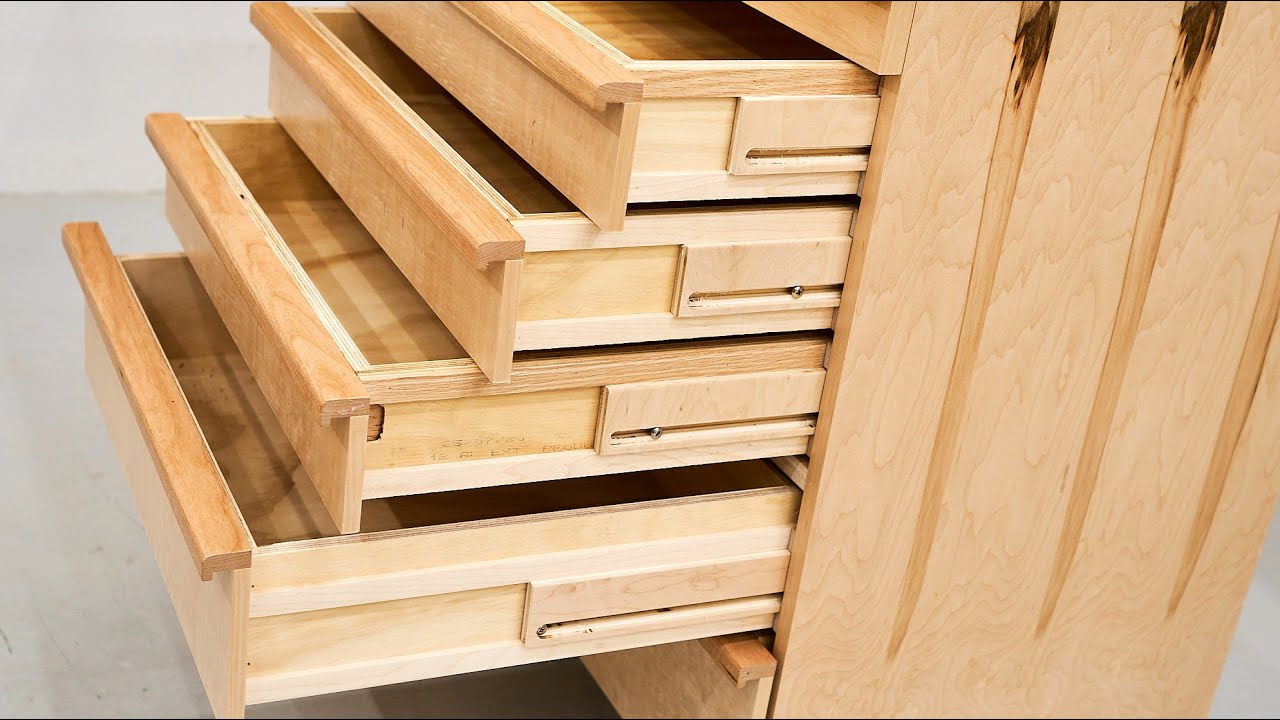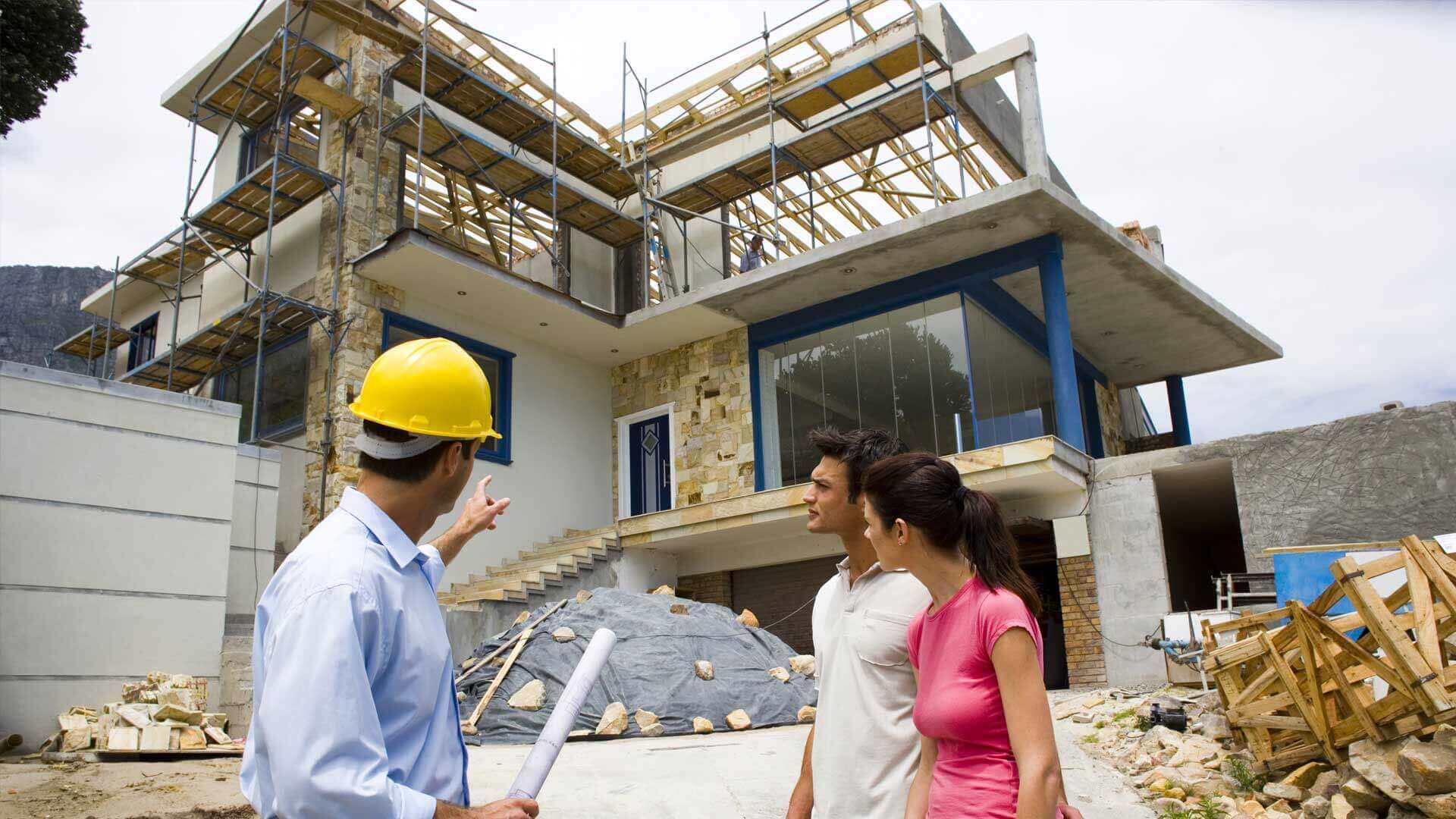Roof renovation can be one of the largest expenses when renovating a home – whether it’s a necessary job or you’re simply remodeling the outside of your house. Thankfully, there are various roofing options to choose from, each with their own benefits and drawbacks you need to consider before your next undertaking.
If you’re interested to find out more about home builders visit Carlisle Homes.
Shingles
Shingles provide roofs with protection from the elements in an aesthetic manner while adding character. Available in various colors, designs and styles to fit any design aesthetic or budget, shingles may be made of asphalt as well as wood clay or metal materials.
Roof contractors must know how to properly install all kinds of shingles. Installation methods differ according to material, but all shingles must be laid from the bottom up so that layers overlapping on all areas of a roof. This is important to know as many people think they can do the job themselves.
Roof shingles feature an oil-based asphalt protective layer at their bases to help secure them to roof decks and prevent moisture accumulation below them (source: https://en.wikipedia.org/wiki/Asphalt_shingle). Each individual shingle itself has an additional asphalt layer which adds additional protection while giving them their characteristic appearance.
Most shingles are installed in groups called courses, with each course overlapping its predecessor. The starter strip and ridge cap serve as the two primary layers; between each course begins and ends a flashing piece of metal is installed to protect areas where shingles meet walls or roof penetrations.
Flashing metal shingles for skylights, chimneys, dormers and turbines is particularly essential to avoid leaks in these areas, where the roof layer meets an obstacle such as walls or vents and leakage can occur. Metal flashing helps prevent water entering homes through these points of entry.
If you are still facing problems with the wall in a particular portion of your home, try to contact a wall removal contractor for a tension-free wall removal process.
Tile
Tile is an extremely flexible construction material, available in an array of styles, materials and colors. Selecting which type you use depends on various considerations such as budget, durability and appearance; whether building new homes or renovating old ones, tile is a cost-effective, attractive and functional addition that can add value to both properties.
Tiles are thin slabs of stone or clay used structurally and decoratively in buildings. Traditionally, they’ve been manufactured out of either glazed or unglazed fired clay; today though they come in all kinds of different hard substances such as glass, plastic, asphalt cement and even concrete!
Many types of stones such as marble, travertine or slate also serve as tiles while some types include fiberglass, asbestos cement fiberboard and sound-absorbing materials as well.
Some tiles are intended for roof use while others are more commonly found on floors or walls. Wall tiles may come either glazed or unglazed and in various finishes such as smooth, honed, or textured finishes; their colors range from painted to stain while some even come pre-glazed while some require latex or acrylic paint coating for final application.
Roof tiles are another form of tile. Made up of boards with curved surfaces that overlap each other, roofing tiles traditionally were composed of clay. However, more recently they can also be made out of thick slate or cement. There are different varieties such as pantiles, “S” roof tiles, French roof tiles and corrugated roofing that exist today.

Metal
Metal roofing has long been used on commercial buildings and is beginning to gain prominence among homebuilders as a viable roofing option. Not only is metal environmentally sustainable and strong; its wide array of colors makes installation and maintenance much simpler too!
There are different kinds of metal that can be used in roofing such as steel, zinc and copper – each has their own specific advantages and disadvantages that should be carefully considered when considering its potential use in roofs.
Steel roofing materials are extremely popular and cost-effective options, yet susceptible to corrosion. To mitigate this threat, steel roofs often incorporate multiple protective coatings not only adding aesthetic appeal but also safeguarding them against environmental conditions and chemicals.
Zinc roofing panels are another popular choice used for roof covering. Zinc is an easy and maintenance-free alternative to asphalt shingles that is also durable against corrosion and rust damage – plus its beautiful aesthetic can add character and style to any home!
Zinc’s environmental sustainability makes it a fantastic option. As one of the 23rd most abundant elements on Earth, zinc is widely available for roofing projects and features an exceptional strength-to-weight ratio, meaning less material is necessary to achieve similar results as with other roofing materials. Zinc also resists corrosion for up to 100 years of protection.
Apart from materials, there are other factors to keep in mind when selecting a roof for your home or building project. When making this important decision, be sure to keep budget and desired aesthetic in mind, such as whether energy efficient roofing solutions would meet your needs best. Also important: finding a contractor with competitive pricing options to meet them.
Wood
Wood is one of the oldest and most durable building materials still used today, providing character to any home while standing out from others in its vicinity. Wood’s combined properties as a strong yet lightweight material makes it perfect for roof construction, while also withstanding various weather conditions such as high winds, heavy rainfall, and snowstorms.
Plywood is often chosen for sheathing that covers roof rafters in most roofs; however, some builders may prefer using oriented strand board – which you can read about here. OSB offers similar water resistance and structural stability as plywood; it’s just easier to cut and install! However, both options tend to swell when wet which may show itself through “ghost lines” on plywood edges in your finished roof.
Most people may immediately think of cedar when considering wood roofing options; however, there are other viable choices out there as well. Which wood type is suitable will depend on factors like climate and other considerations; alternatives could include redwood, cypress, fir or yellow pine which all offers their own set of benefits when it comes to roofing applications.
All these options provide homeowners who desire a natural and attractive aesthetic with options to add the natural warmth and charm that only wood can offer to their home. Some types of wood are more durable than others and can even be treated with special coatings to extend their longevity.




